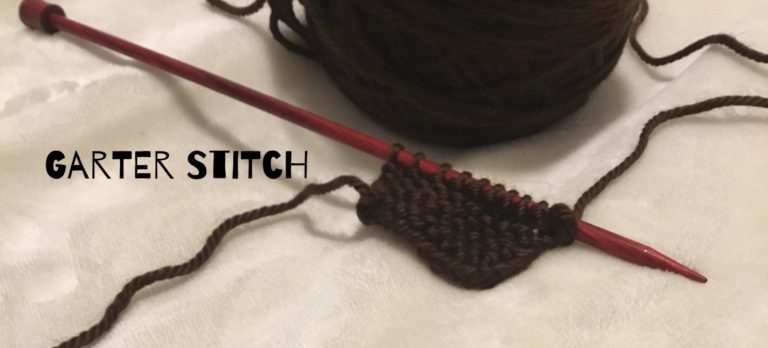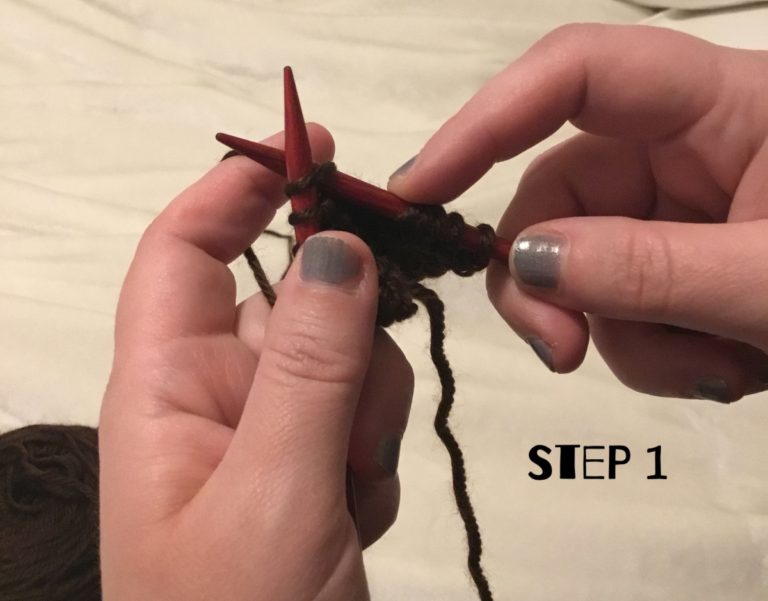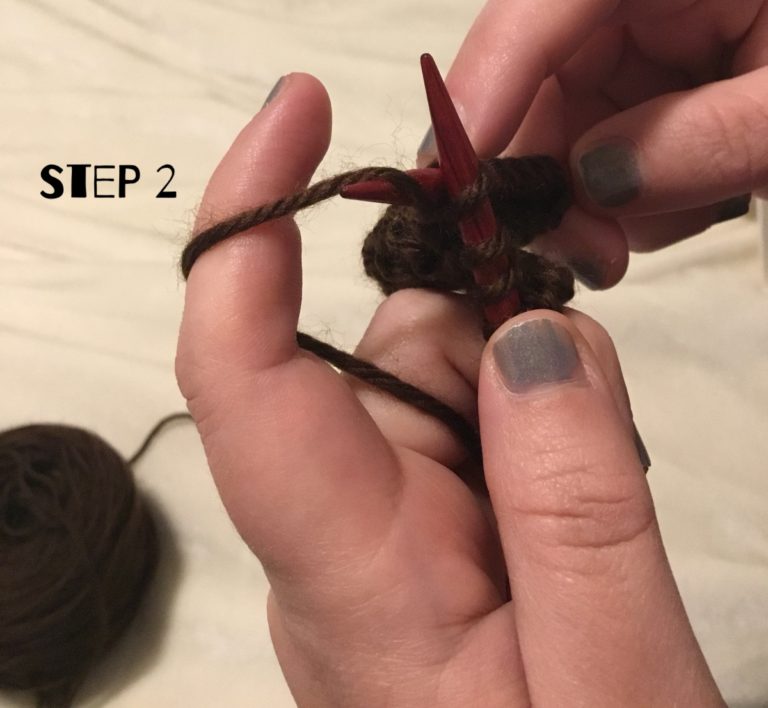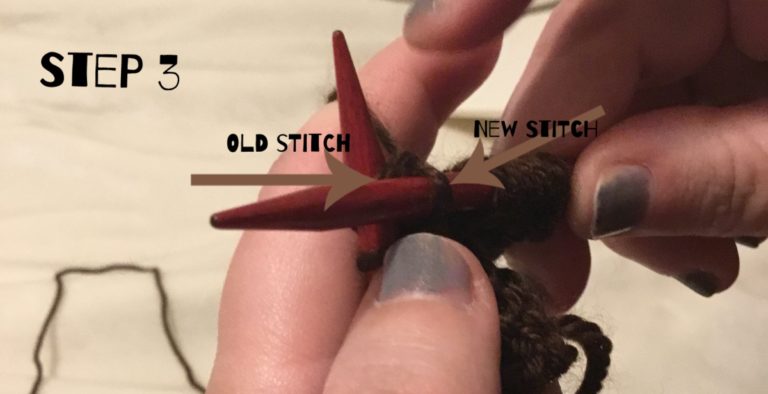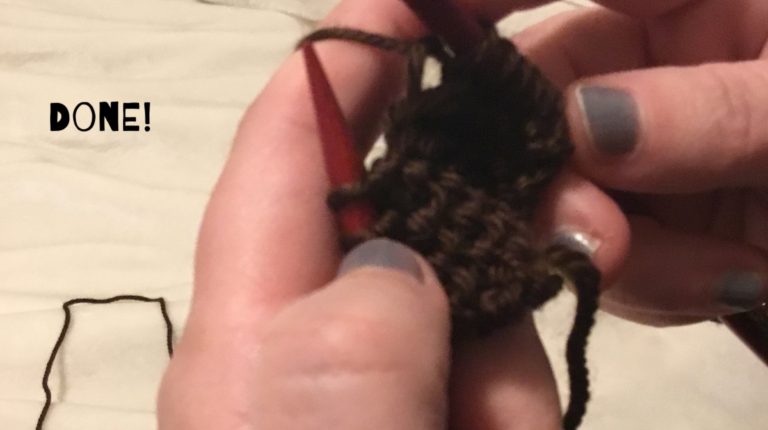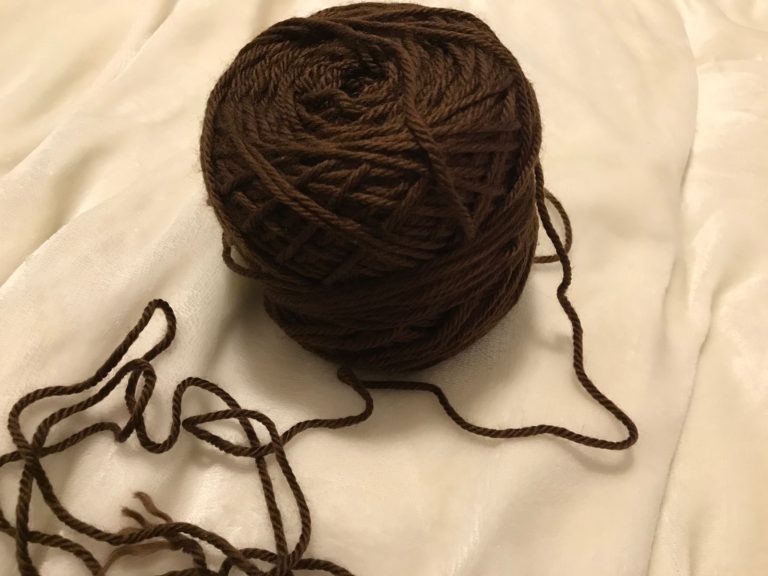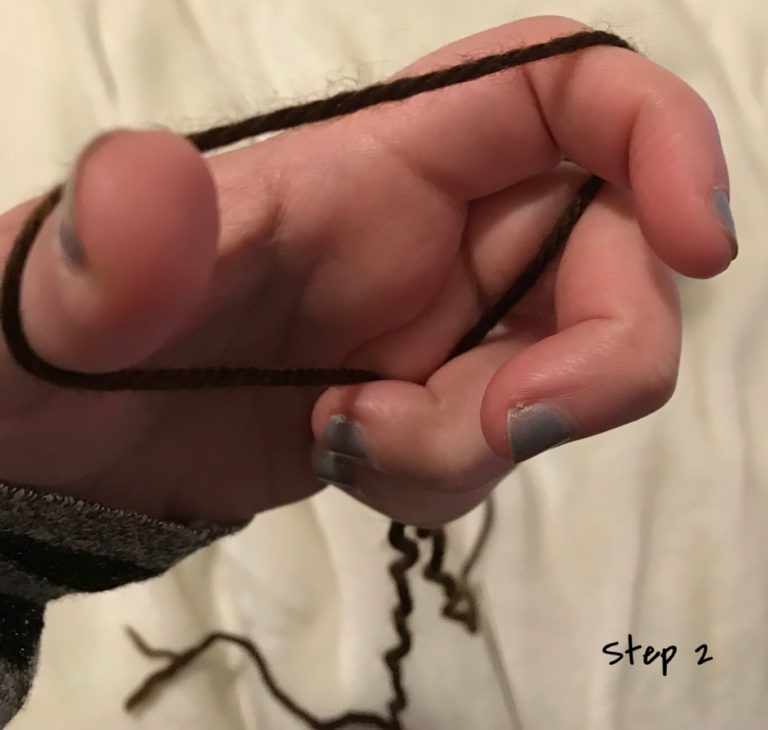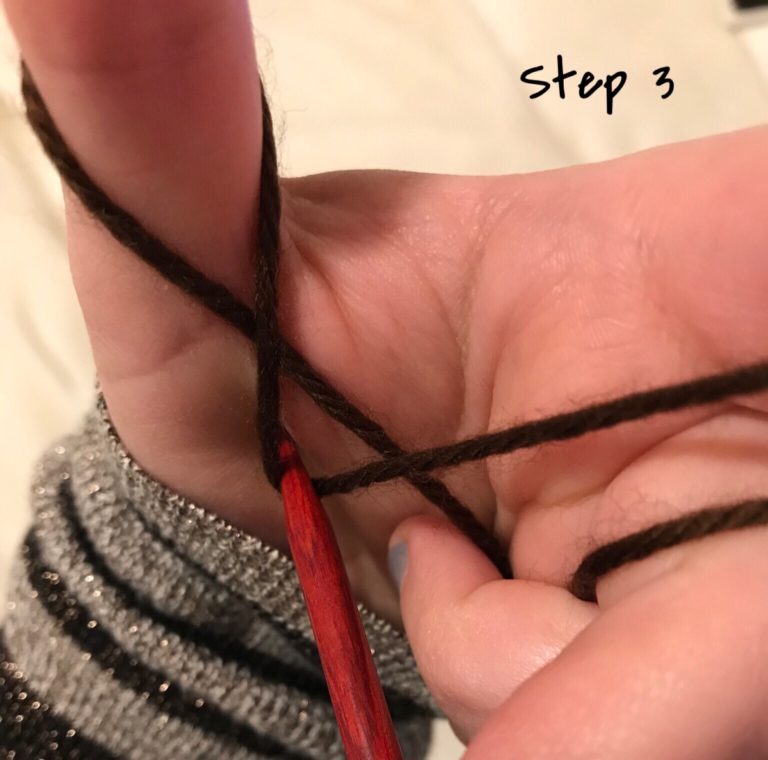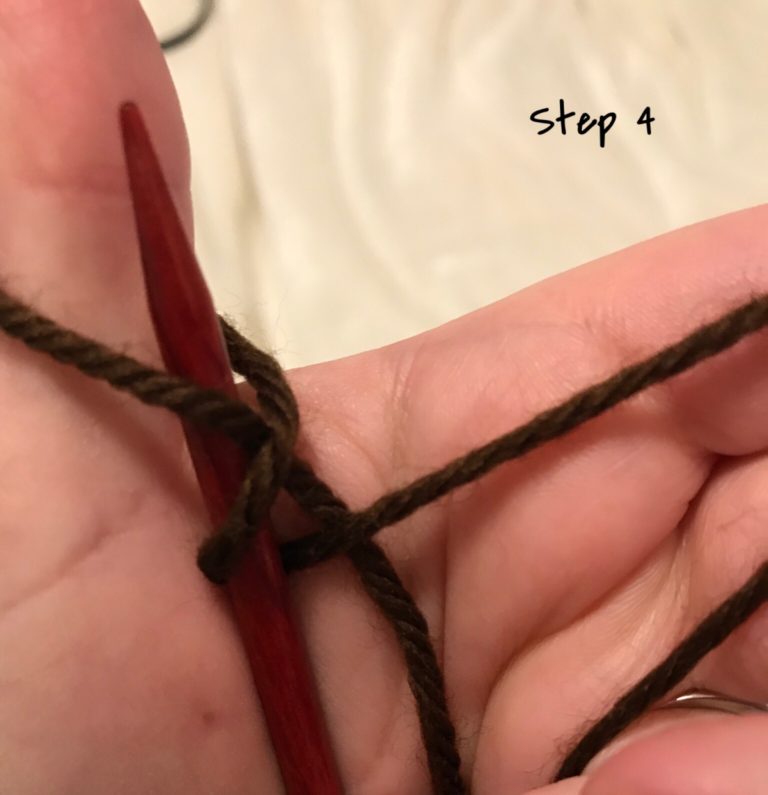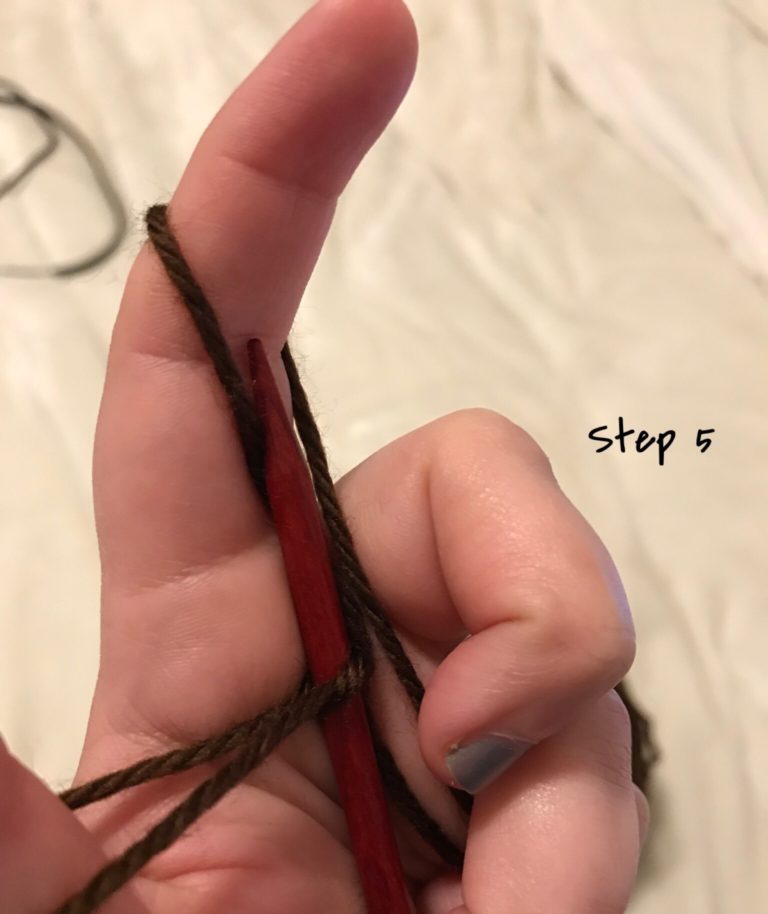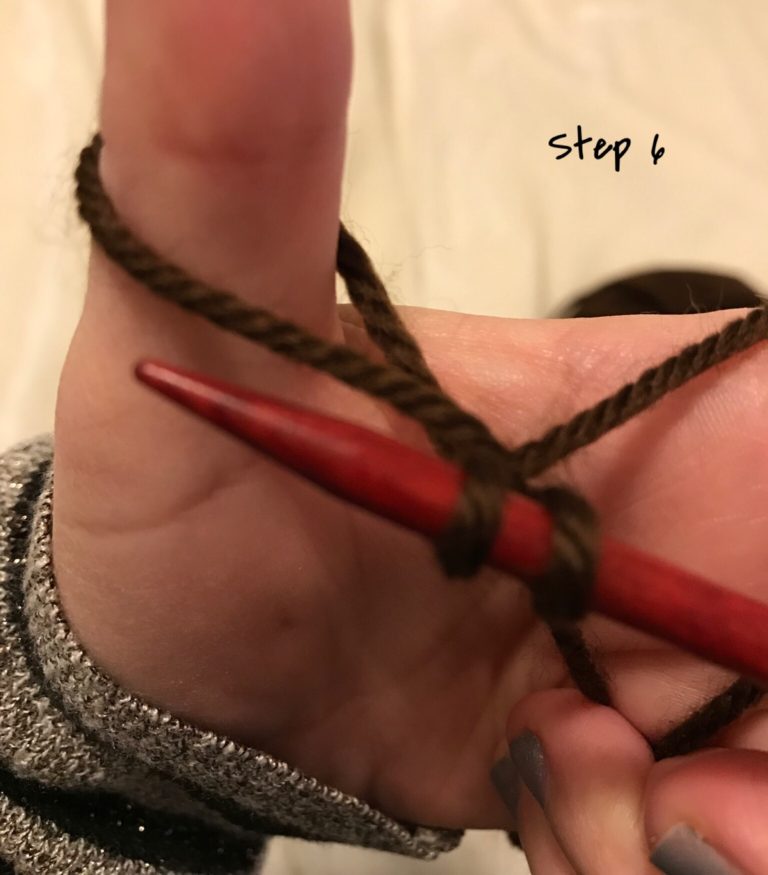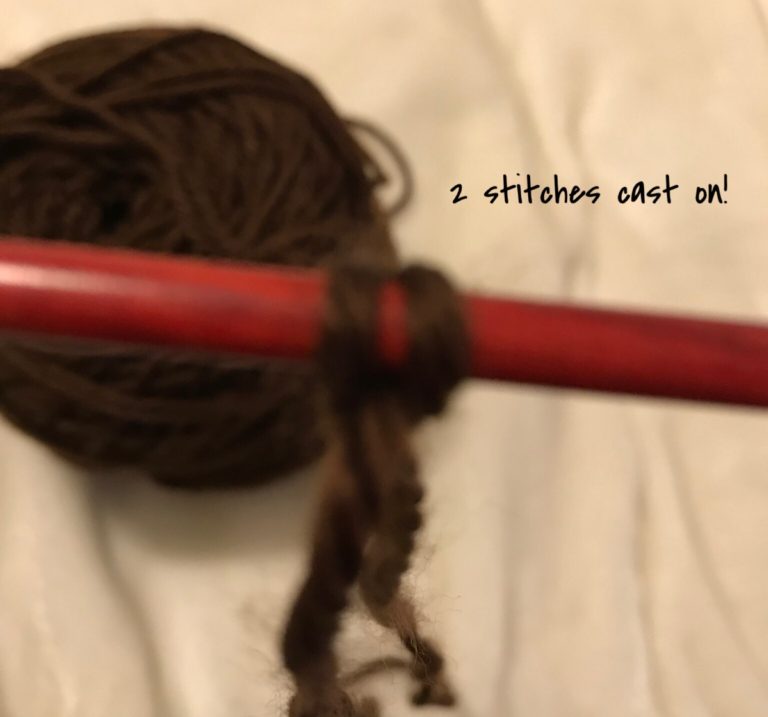How to Knit a Washcloth
The next three posts will focus on knitting things that aren’t clothes. While my very favorite things to knit are sweaters for my family (both my kids and some extended family), there are situations when you need or want to knit something that you can’t wear. Let’s start with a simple washcloth.
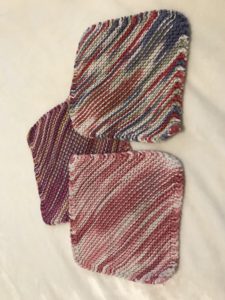 I’ve only ever knit one style of washcloth, and it’s not a terribly difficult one. You can get your own copy of the free pattern here. I recommend 100% cotton yarn for washcloths. This type of yarn is very stiff and can be difficult to work with, so I don’t necessarily suggest this as a first project, despite the fact that it’s really easy on the stitches.
I’ve only ever knit one style of washcloth, and it’s not a terribly difficult one. You can get your own copy of the free pattern here. I recommend 100% cotton yarn for washcloths. This type of yarn is very stiff and can be difficult to work with, so I don’t necessarily suggest this as a first project, despite the fact that it’s really easy on the stitches.
Start by casting on 3 stitches. Obviously three stitches isn’t enough to create an entire cloth, so you’re going to have to increase, or add more stitches, to the rows. So, once you’ve cast on your three stitches, knit one row straight (this means “without increasing”). Turn the work, and knit one stitch. Into the second stitch, you’re going to knit two stitches. The first one will be knit normally; the second (done before you pull the original stitch off of the needle) is knit through the back of the stitch. Once you’ve knit both of them (the front and the back), then you slide the old stitch off of the left needle. Then knit the final stitch normally. By doing this, you now have four stitches instead of three on your right needle. Turn the work (by switching needles/hands). Knit the first stitch normally, then KFB (knit front and back) into the second stitch, then knit normally to the end of the row. Continue in this manner until you have 45 stitches on your needle. Your washcloth will be triangle shaped at this point.
Once you get to those 45 stitches, you need to knit 3 rows straight. Then it’s time to decrease to create the other half of the triangle. With the full needle in your left hand and the empty one in your right, knit the first stitch normally. Then knit the next two stitches together (k2tog). This means to knit normally, except instead of knitting through just one stitch, you’ll go through the next two at the same time. After the decrease, knit all the rest of the stitches normally. You’ll repeat this row until you’ve got yourself back down to just three stitches. Knit those three straight, and then bind them off. Weave in your ends, and your washcloth is done!
Blessings,

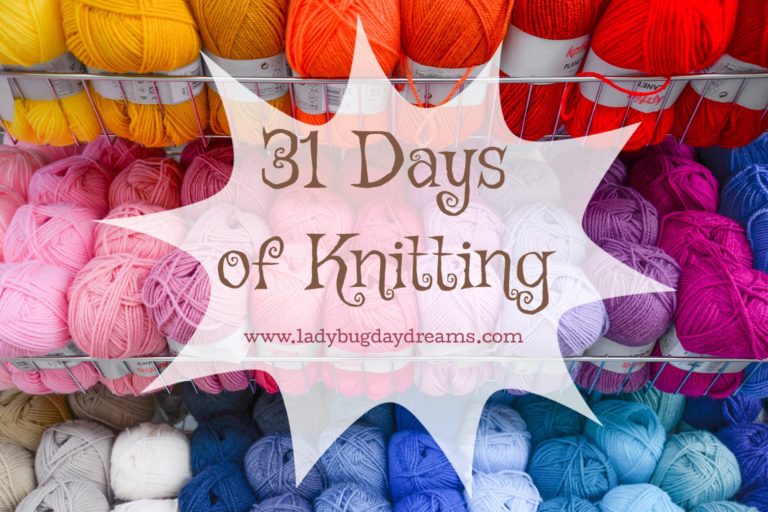


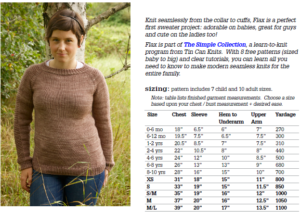
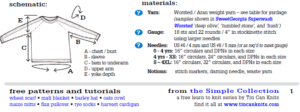
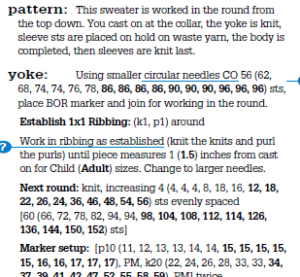
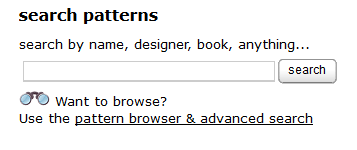
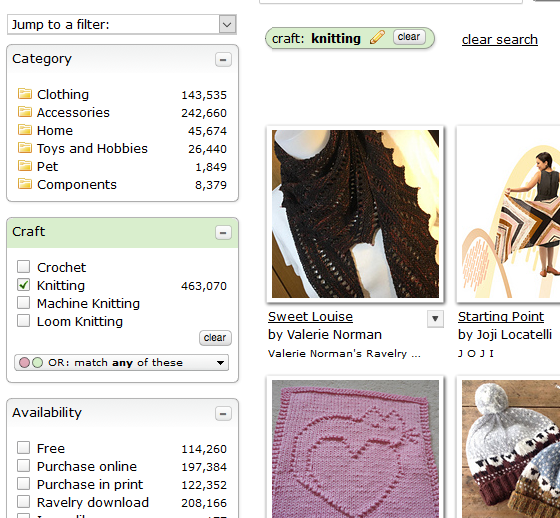
![IMG_0691[1]](http://www.ladybugdaydreams.com/wp-content/uploads/2017/10/IMG_06911-e1508797366713-225x300.jpg)
![IMG_0692[1]](http://www.ladybugdaydreams.com/wp-content/uploads/2017/10/IMG_06921-e1508797408795-225x300.jpg)
![IMG_0693[1]](http://www.ladybugdaydreams.com/wp-content/uploads/2017/10/IMG_06931-e1508797428450-225x300.jpg)
![IMG_0698[1]](http://www.ladybugdaydreams.com/wp-content/uploads/2017/10/IMG_06981-e1508797524933-225x300.jpg)
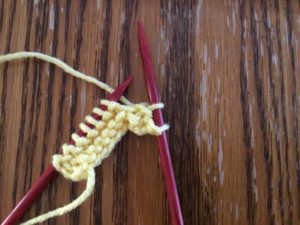
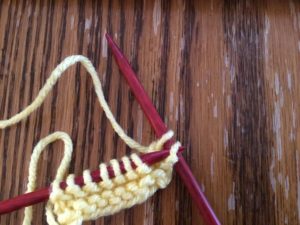
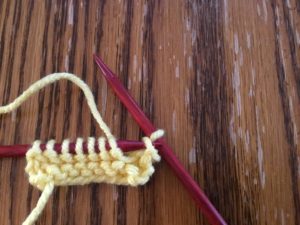
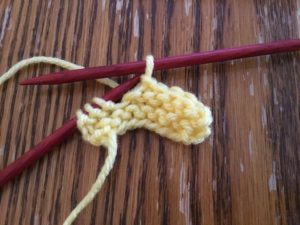
![IMG_0784[1]](http://www.ladybugdaydreams.com/wp-content/uploads/2017/10/IMG_07841-e1508793006959-225x300.jpg)
![IMG_0785[2]](http://www.ladybugdaydreams.com/wp-content/uploads/2017/10/IMG_07852-e1508793057970-225x300.jpg)
![IMG_0786[1]](http://www.ladybugdaydreams.com/wp-content/uploads/2017/10/IMG_07861-e1508793096443-225x300.jpg)
![IMG_0787[1]](http://www.ladybugdaydreams.com/wp-content/uploads/2017/10/IMG_07871-e1508793222900-225x300.jpg)
![IMG_0788[1]](http://www.ladybugdaydreams.com/wp-content/uploads/2017/10/IMG_07881-e1508793270695-225x300.jpg)
